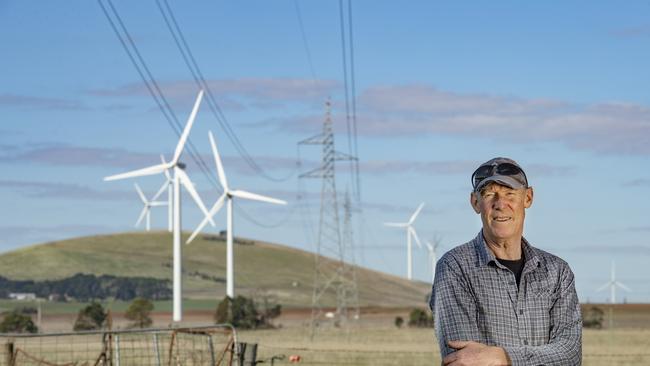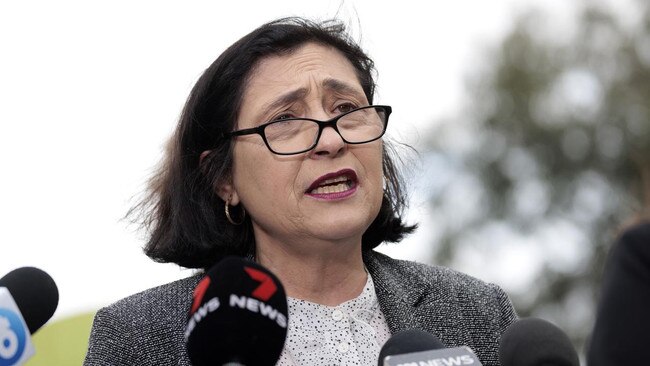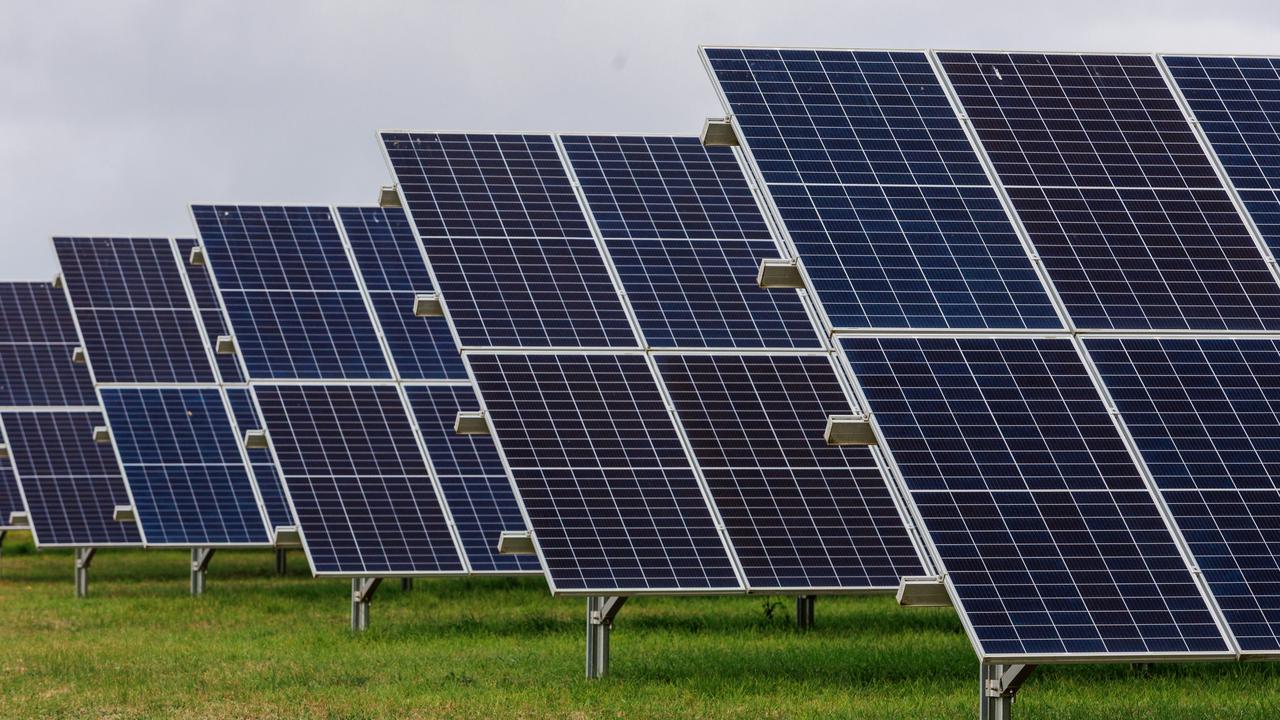Wind and solar farms get massive rates discount
Wind and solar farms are paying just 20 per cent of what they should in municipal rates — and farmers are picking up the shortfall.

The Allan Government is giving multinational wind and solar developers massive municipal rate discounts, leaving rural and regional communities to pick up the shortfall, the Municipal Association of Victoria says.
“They pay about 20 per cent of what we pay as farmers,” MAV president and Glenbrae farmer David Clark said. “We’ve long argued they should be paying the same.”
While most Victorians pay council rates based on the capital improved value of their properties, corporate solar and wind generators operate under a ayments in lieu of rates (PiLoR) scheme.
In 2018 Energy Minister Lily D’Ambrosio set the PiLoR at a fixed charge of $54,400 on wind and solar developments larger than 25 megawatts, with an added variable charge of $1225/MW of capacity.
But while farm rates have soared over recent years, Ms D’Ambrosio and her department have only raised the PiLoR megawatt charge to $1480 in 2024-25, equal to 20 per cent over five years.

In contrast, farmers in the Mildura Rural City Council zone, which covers almost 10 per cent of the state, have seen their rate contributions rise from $10 million to $14.877m over the same period - an almost 50 per cent hike.
Ouyen farmer Leonard Vallance, whose property is in the Mildura shire, said rural and regional ratepayers were “picking up the shortfall” in rates that solar developers should be paying.
“If we developed some land – built yards, a house and sheds on it – the impact on CIV would be about $1m and we’d be slugged with more rates,” he said. “So why is a renewable energy development any different?”
Victoria’s wind and solar developments already receive a massive discount on the fire services property levies and share in $1.6 billion on subsidies.
The MAV has asked why ratepayers are subsidising the commercial return of local and overseas companies, who sell their electricity to distant urban populations.
Energy Minister Lily D’Ambrosio said the “PiLoR is an important part of supporting both local councils and renewable energy development in Victoria, which helps deliver the affordable and reliable electricity we need to power our homes, businesses, hospitals and schools”.
“The PiLoR framework allows all electricity generators and local councils to negotiate payments instead of property rates. Amounts are negotiated for each project.”
Council budgets show that in some cases PiLoR revenue from wind and solar farms has declined in recent years, although there is no detail on whether this is part of these negotiations.
Swan Hill Rural City Council’s budgets show its PiLoR revenue from three solar developers dropped from $300,000 in 2022-23 to $94,000 last financial year.
Neither Swan Hill chief executive Scott Barber nor his media team responded to texts or emails on the issue.
But back in 2019, the then Swan Hill Council raised concerns over the inequity of the PiLoR scheme, as part of the MAV’s submission to the then Andrews’ Government inquiry into the local government rating system.
At the time the council highlighted that in 2018-19 solar developers in the Swan Hill shire should have paid $1.743m in rates based on CIV, but instead paid just $284,280.
It was a similar story in Moira Shire, which told the inquiry the Numurkah solar farm should have paid $587,405 in rates based on its CIV of $167m, but instead paid $179,650.
Yet Moira Shire’s more recent budgets show PiLoR revenue from three solar farms has slumped from $279,000 in 2022-23 to $238,000 in 2024-25, while farmers’ rate contributions have surged 32 per cent over the same period – from $6.8m to $9m.




